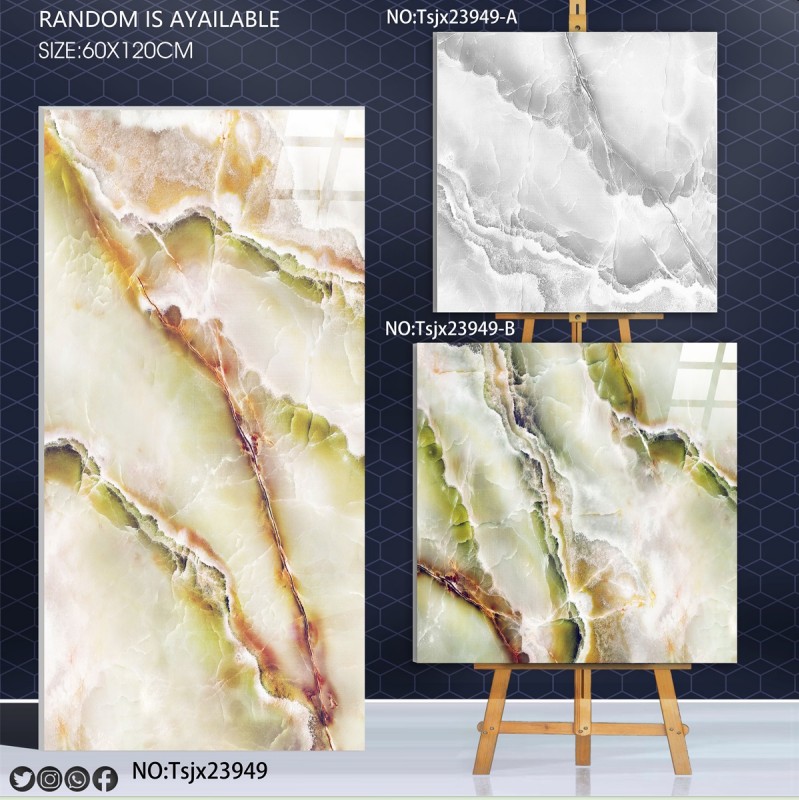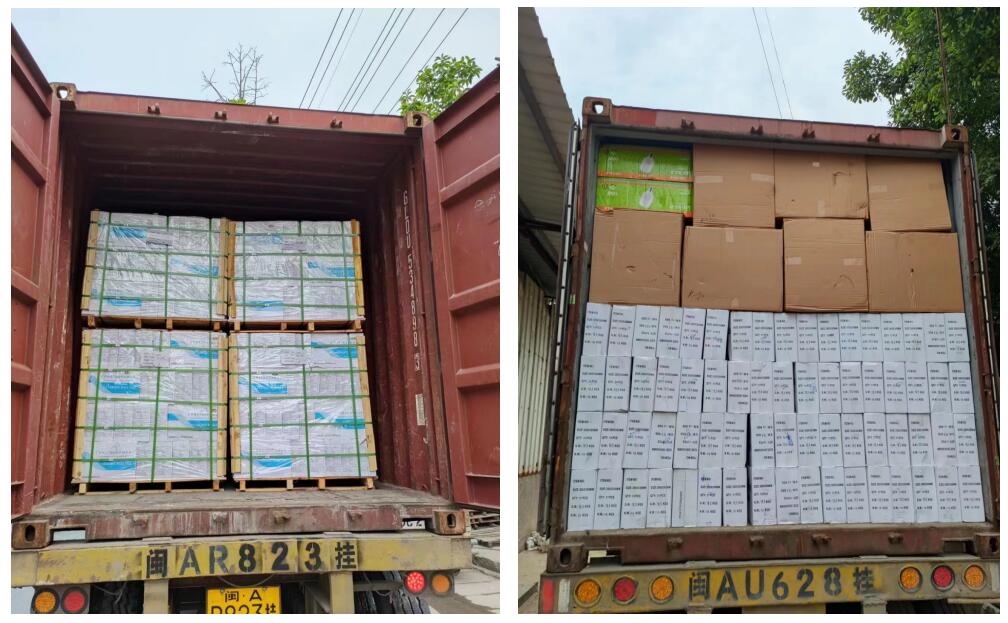
Porcelain tiles are a type of ceramic tile that is made from finer and denser clay than traditional ceramic tiles. They are fired at higher temperatures, resulting in a tile that is highly durable, strong, and resistant to moisture, stains, and scratches. Porcelain tiles are a popular choice for various applications, including exterior and interior walls, floors, and even countertops. Here are some key features and benefits of porcelain tiles:
Durability: Porcelain tiles are exceptionally durable and have a long lifespan. They can withstand heavy foot traffic, impacts, and adverse weather conditions, which makes them suitable for both residential and commercial applications.
Water and Stain Resistance: Porcelain tiles have a low water absorption rate, which means they are highly resistant to water damage. This makes them ideal for areas prone to moisture, such as bathrooms, kitchens, and outdoor spaces. They are also resistant to stains, making them easy to clean and maintain.
Versatility: Porcelain tiles come in a wide variety of colors, patterns, and textures. They can mimic the appearance of natural stones, wood, concrete, and other materials, allowing for versatile design options to suit different aesthetic preferences and architectural styles.
Low Maintenance: Porcelain tiles are relatively low-maintenance. They are resistant to dirt, mold, and bacteria growth, and can be easily cleaned with regular sweeping, mopping, or gentle scrubbing with mild detergents.
Frost Resistance: Porcelain tiles are often suitable for exterior applications in cold climates because they have a high resistance to frost and freezing temperatures. This prevents the tiles from cracking or experiencing other damage due to temperature fluctuations.
Installation Options: Porcelain tiles can be installed using various methods, including adhesive, mortar, or floating systems. They can be installed on both floors and walls, providing flexibility in design and installation.
It's important to note that porcelain tiles can be quite heavy, so proper preparation and installation techniques are crucial to ensure their stability and longevity. Additionally, professional installation is often recommended to ensure correct placement and achieve the desired results.





